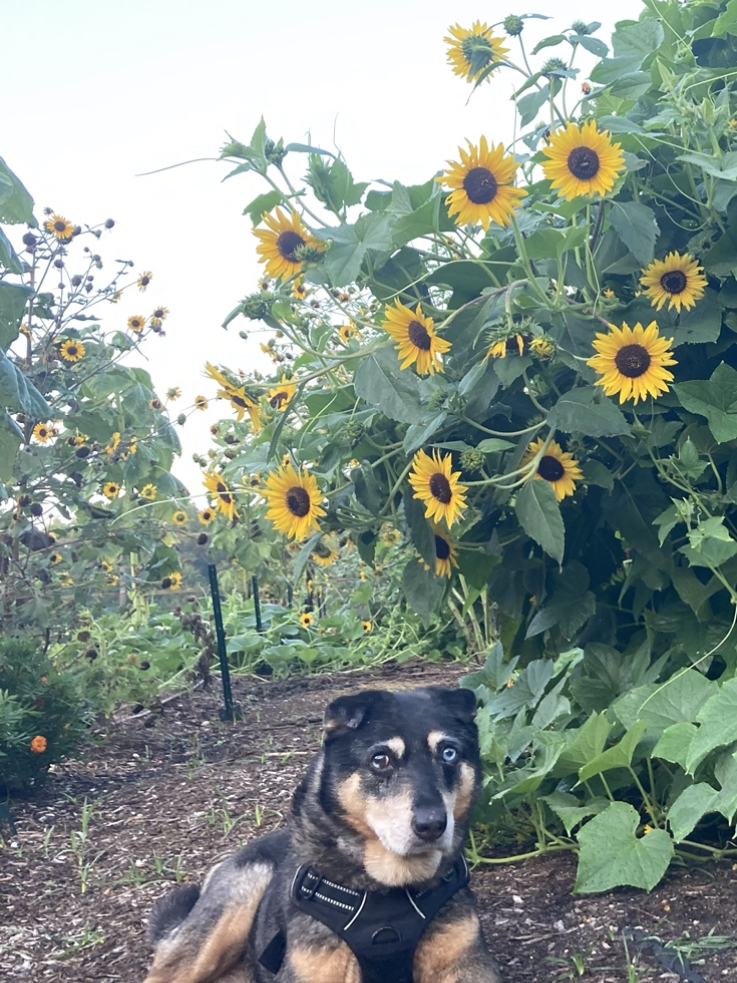
Sally Evans, 2006; Founder & Emeritus
The annual sunflower plant (Helianthus annuus) was one of the most plentiful and versatile plants the Indians had available. It was convertible into a dye, a liniment, a medicine, a coffee, and a delectable food. By boiling the crushed seeds, an oil could be skimmed off and used for cooking or as a hair dressing, whatever the need at the time. Nature provides many teas, but few coffees. Delicious coffee was made by roasting and boiling the seeds as we roast and boil the coffee bean. Black and purple dyes were also derived from the seeds. Other food uses the Indians made of the seeds were:
1. Pounded the kernels into meal to mix with water ( the Indians’ version of an instant breakfast);
2. Stirred kernels into soups and stew for thickening;
3. Shaped meal into cakes.
The plant was valued by the Indian for its medicinal properties also. Both the eating of the seeds and drinking of the coffee had a diuretic effect. The entire plant is anti-malarial, and the Indian considered the warm liquid from boiled roots as an effective liniment, a snakebite remedy, and cure for poison ivy. As if this wasn’t enough – the stalk was pounded into thread.
All things considered, the sunflower was an important plant to the Indian and a good one for you to remember if you ever need a survival food.


